Why Dental Implants?
Dental implants are the most advanced method we have in dentistry today to replace missing teeth. Advantages to using implants to replace teeth include;
Dental implants are the most advanced method we have in dentistry today to replace missing teeth. Advantages to using implants to replace teeth include;
Unlike a bridge, the implant does not involve the adjacent teeth for support
No special instruments are necessary to clean the implant
The implant fixture should remain in your bone for the rest of your lifetime
The C- Dent family has over 30 years of experience in the field of dentistry, dental implants,cosmetic dentistry, oral surgery, and treating of periodontal disease.
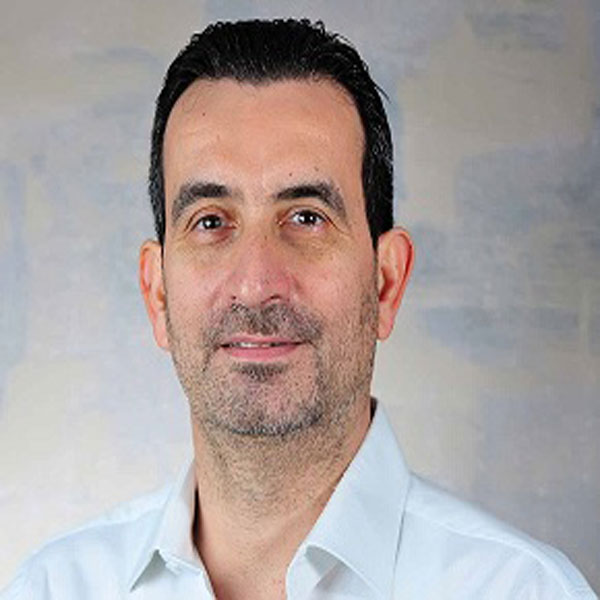
He was born in Istanbul in 1966. He graduated from Saint-Joseph
French High School for Boys in 1985, later from the Faculty of Dentistry
at Istanbul University in 1990.
In İ.U. Faculty of Dentistry In 1997 he completed his doctorate (Ph.D.) in
the Department of Oral Implantology. Gained the title of Associate
Professor in 2006, Received the title of Professor in 2015.
In İ.U. Faculty of Dentistry He continues to work as the head of the Oral
Implantology Department in the Faculty of Dentistry and the Clinical
Sciences Department head.
Along with his career in academia, he has been working as a freelance in
his dentistry clinic since 1990.
He has contributed to many international studies. He has made
significant scientific contributions with his presentations in international
congresses. He has 36 international publications and over 800
international citations.
He has many international studies and 36 publications, 800 international
citations. He has made scientific support and presentations in
international congresses.
He is a member of several professional associations and plays a
managing role. He acted as a consultant to Dental Implant firms in
Turkey and made significant educational contrbution
For treatments such as implants, extractions and root canal
treatments that require a CT scan, this can now be taken in-house
using ultra low radiation to achieve the best quality images.
This also allows us to take OPG’s which are xrays of your full mouth
and jaw and can be needed for diagnostic purposes.
If you have been told you need a CBCT scan or an OPG, we can
book an appointment directly for you to have this done.
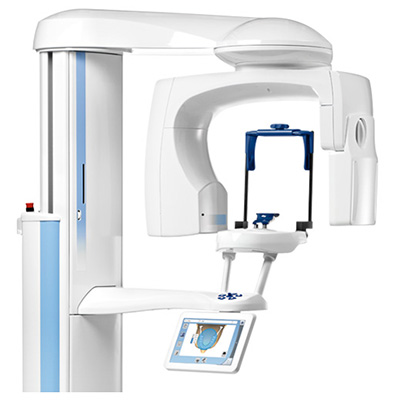

Some treatments for gum disease are surgical. Some examples are:
Bone grafts. This procedure involves using fragments of your own bone,
synthetic bone, or donated bone to replace bone destroyed by gum disease.
The grafts serve as a platform for the regrowth of bone, which restores
stability to teeth. New technology, called tissue engineering, encourages your
own body to regenerate bone and tissue at an accelerated rate.
Soft tissue grafts. This procedure reinforces thin gums or fills in places where
gums have receded. Grafted tissue, most often taken from the roof of the
mouth, is stitched in place, adding tissue to the affected area.
Guided tissue regeneration. Performed when the bone supporting your teeth
has been destroyed, this procedure stimulates bone and gum tissue growth.
Done in combination with flap surgery, a small piece of mesh-like fabric is
inserted between the bone and gum tissue. This keeps the gum tissue from
growing into the area where the bone should be, allowing the bone and
connective tissue to regrow to better support the teeth.
Bone surgery. Smoothes shallow craters in the bone due to moderate and
advanced bone loss. Following flap surgery, the bone around the tooth is
reshaped to decrease the craters. This makes it harder for bacteria to collect
and grow.
In some patients, the nonsurgical procedure of scaling and root planing is all
that is needed to treat gum diseases. Surgery is needed when the tissue
around the teeth is unhealthy and cannot be repaired with nonsurgical options








Sub-Title


Sub-Title
Crowns: Dental crowns can be used to restore the shape, color and function of teeth that are badly broken or very heavily restored with fillings. They are also sometimes used to protect teeth that have undergone root canal treatment, and as the final treatment on top of a dental implant. Dental crowns can be porcelain bonded to metal, all-ceramic materials or porcelain bonded to zirconium. They are constructed to mimic the natural tooth and the color will be matched to the natural color of your adjacent teeth.



Why Dental Implants?
Dental implants are the most advanced method we have in dentistry today to replace missing teeth. Advantages
to using implants to replace teeth include









When a person with good general health loses a tooth due to periodontal disease, injury, or another infection, a dental implant is an excellent, safe, and long-term solution. A dental implant is an artificial tooth root that a Board Certified Specialist in Periodontology and Dental Implant Surgery inserts into the jaw in order to hold a replacement tooth or bridge in place. Implants feel and look natural, and once the process is complete, they function exactly like natural teeth. Implants can also assist in saving other teeth, because they don’t rely on neighboring teeth for support. Bone grafting may be a necessary part of the process when it comes to inserting a dental implant.




WHAT IS A SINUS LIFT?
A sinus lift is a specialized bone grafting procedure that can prepare the jaw for dental implants when the sinuses are too close to the jawbone. By lifting the sinuses away from the jawbone, adequate space can be created for the bone to grow in order to support dental implants. Using advanced surgical techniques, your sinus lift surgeon makes an incision to create a small window in the jawbone. This allows your surgeon to access and lift the sinus membrane on the other side of the window. By gently moving the sinus membrane away from the jawbone, your oral surgeon creates space for the bone grafting materials. Once the bone graft is completed, the graft will be allowed time to integrate with the jawbone and heal before dental implants are placed. While individual circumstances vary, in most cases, your oral surgeon will place dental implants 6 to 9 months after sinus lift surgery

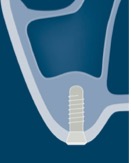
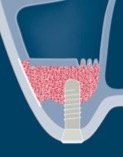
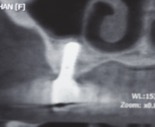
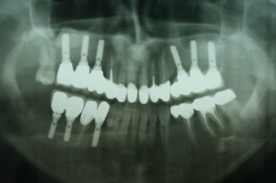
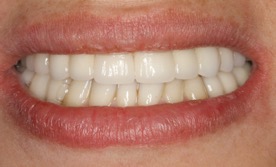
Keeping number of people inside the building as low as possible in order adhere to social distancing rules.
On entry to the clinic everybody, including patients and staff will be asked to wash their hands and take their temperature.
New air cleaner have been installed.


New Extraoral suction system have been installed.

Cumhuriyet Street Gezi Ap. No: 9/5 Taksim Beyoğlu, İstanbul
selimersanli@gmail.com
selimersanli@yahoo.com